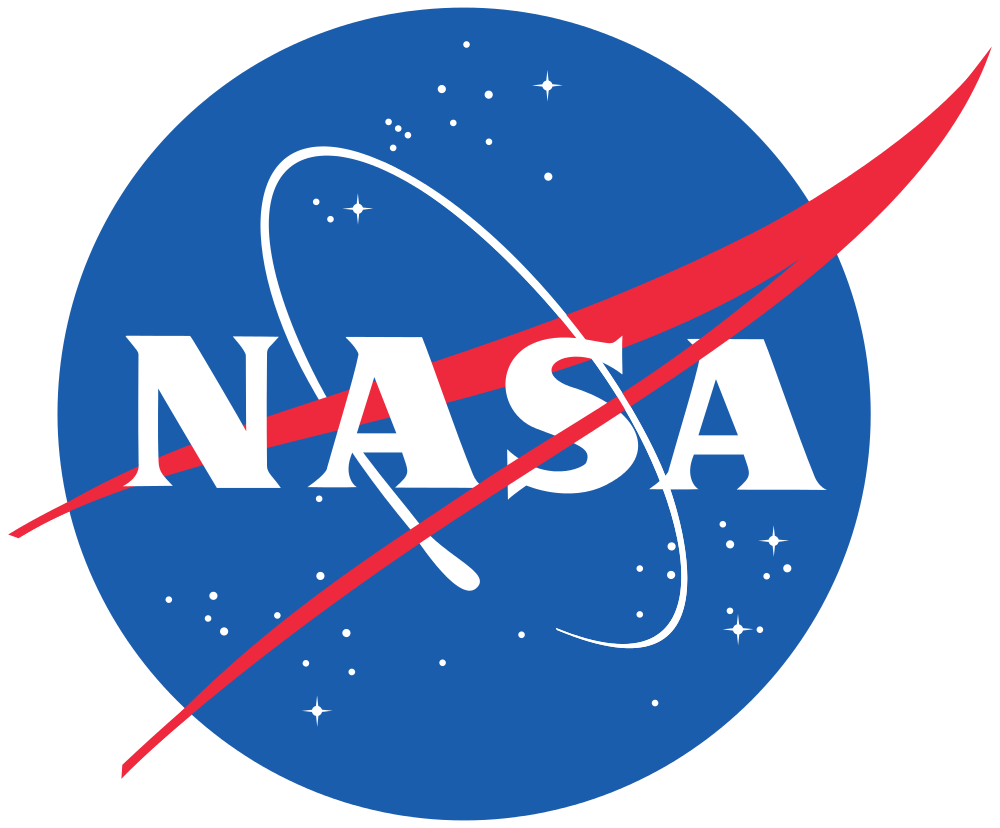Investigation of Coastal Phytoplankton Dynamics by Adjoint Assimilation of Satellite Ocean Color Data
Sponsor: NASA New Investigator Program

Funding Period
August 2007 - July 2010
Description
Our underlying scientific objective is to determine the mechanisms that control variations in phytoplankton biomass inferred from satellite-derived ocean color imagery. We hypothesize that the observed distributions result from the interaction of the ecosystem dynamics with the physical circulation. The problem is posed mathematically as an advection-diffusion-reaction equation for a scalar variable representing phytoplankton concentration. Given an initial distribution of phytoplankton, we seek to invert for the ecosystem dynamics such that integration of the forward model will result in predictions that minimize the sum of squares of differences with observed concentrations at some later time. An adjoint data assimilation technique has been designed for these purposes.
We propose to use this general approach in a retrospective analysis of SeaWiFS and MODIS ocean color imagery in the highly productive United States (U.S.) northeast coastal ocean. We have the capability to generate hindcasts of the flow field for time periods in which ocean color images are available. Thus, we are poised to achieve optimal solution of a coupled physical-biological problem: given two synoptic snapshots of phytoplankton distribution and the associated flow field, we will invert for the phytoplankton dynamics that must be occurring during the intervening period. The resulting representations of the physical and biological properties will then be used for term-by-term diagnosis of the mechanisms controlling these extremely complex coupled systems. In particular, we will analyze the modulation of growth rates through both light and nutrient effects and various physically-controlled contributions to fluctuations in phytoplankton biomass.
The proposed project will support research-based education programs for graduate students and undergraduate interns to perform intensive “hands on” research and analysis on satellite remote sensing data, and data assimilative numerical modeling. Public education and outreach efforts will consist of public presentations, writings, and collaborations with educators and coastal managers. The approach will capitalize on the intriguing aspects of local coastal science and unique satellite technologies to educate the general public about satellite-observed ocean color, temperature, surface heights, and sea winds, and to demonstrate important processes in coastal ecosystem, including phytoplankton biomass, circulation, nutrient supply, and their interactions.
